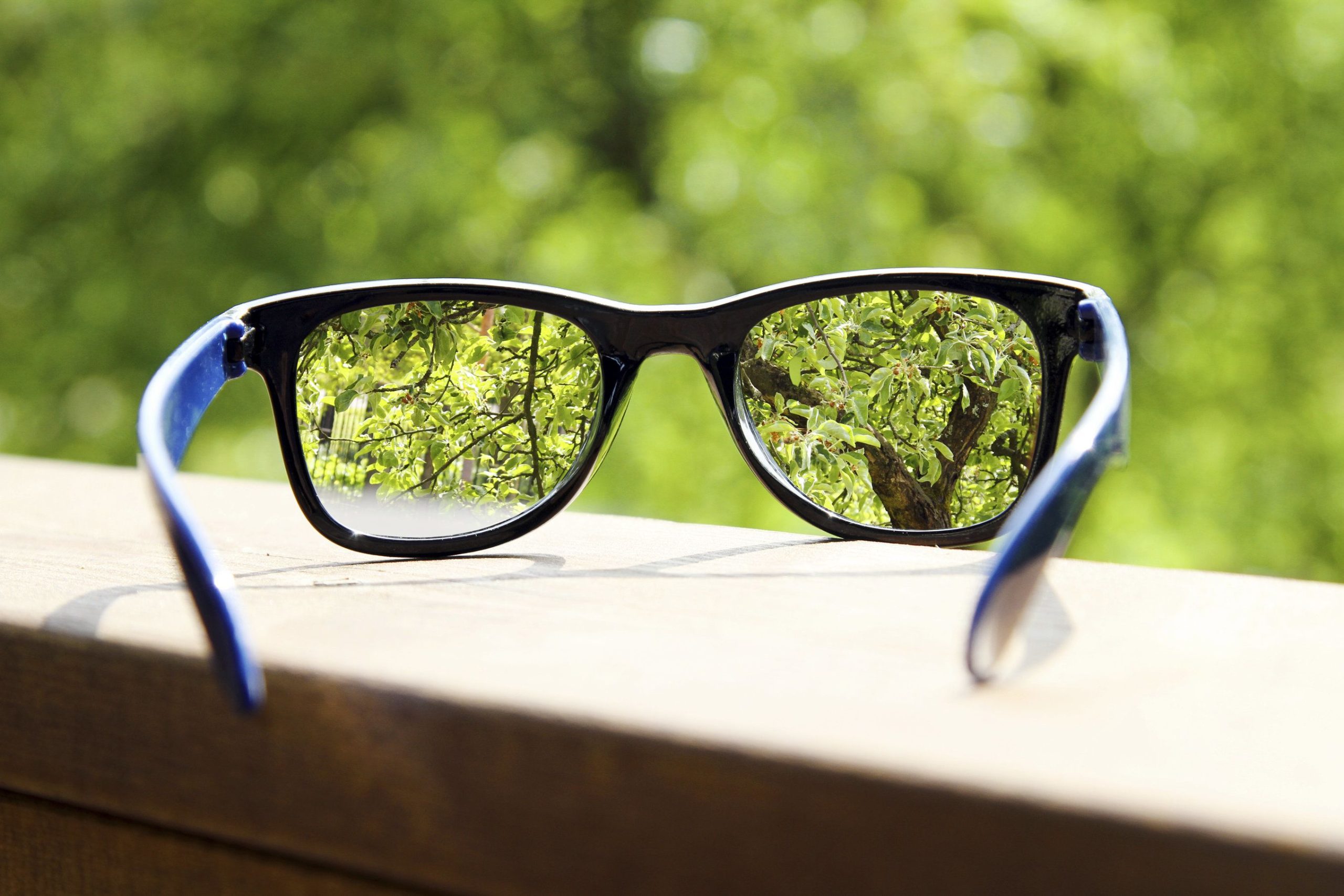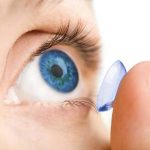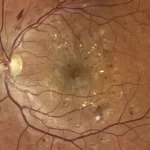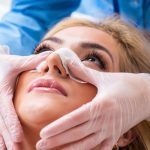Yearly eye exams are crucial to your vision health, whether or not you have vision problems. They are even more important if you have eye problems and need eyeglasses. During these exams, your doctor will assess your overall eye health and update your prescription for Jacksonville glasses. An updated prescription will ensure that you see properly and don’t strain your eyes. Here is a look at everything that goes into getting eyeglasses or updating your prescription.
Table of Contents
Who Needs Eyeglasses?
If your vision is blurry or distorted, your eyes may have refractive errors that require a prescription. Common refractive errors that call for eyeglasses include:
- Astigmatism: This condition occurs when the surface of the eye is shaped like an American football rather than a spear. It can cause both near and distant objects to appear distorted.
- Myopia: (Shortsightedness): This condition is characterized by an inability to see far objects clearly when near objects are perfectly visible.
- Hyperopia (Farsightedness): The opposite of myopia, patients with hyperopia can see distant objects more clearly than near objects.
Why Do You Need a Prescription?
While you can walk into a shop and buy eyeglasses or contact lenses, getting a prescription from your ophthalmologist is advisable. This is because measurable changes need to be made to improve your eyesight. Your doctor needs to measure the deficiencies in your vision and determine what type of lens will correct them. Usually, the lenses will feature a numerical value indicating the curvature required to correct your vision. This is where your doctor gets your prescription.
How Does Your Provider Measure Your Prescription?
Your doctor will usually perform eye tests to determine your prescription. These tests can be:
1. Refraction Tests
During a refraction test, your ophthalmologist will use a phoropter to check your vision using different lenses. They will ask you questions while each lens is in place to determine which improves your vision the most. Meanwhile, they will fine-tune the power of each lens until they get a perfect prescription.
2. Automated Eye Tests
During an automated eye test, your doctor may use an autokeratometer or autorefractor to estimate your prescription automatically. They will then use a phoropter to refine the prescription. You will not need to answer any questions during an autorefraction. Your doctor will take about three measurements which should be done within a few minutes.
Alternatively, your doctor may use an autokeratometer to measure your cornea’s curvature. This test comes in handy when you want contact lenses instead of eyeglasses or are considering laser eye surgery. It can be used to determine if you are an ideal candidate.
Glasses Vs. Contacts
Your eyeglasses prescription will differ from your contact lenses prescription. This parity is due to the fact that eyeglasses sit about 12mm from your eye while contacts rest on your eye. During your eye exam, your doctor can give you an eyeglasses prescription following regular tests. However, contact lenses require a different exam and lens fitting procedure.
If you can’t see near or far objects or your vision is blurry, eyeglasses can improve your sight. Getting a prescription that works for you is important to ensure you are not straining your vision further. The team at Wolchok Eye Associates specializes in providing eye exams and eyeglasses prescriptions. You can call the Jacksonville, Florida, office today to schedule a consultation with Dr. Wolchok.








